December 2013
As 2013 draws to a close, we want to wish you a Happy Holiday season and a wonderful New Year. Over the years, we have been asked a lot of questions about process improvement and statistical process control. We will end this year with the top ten questions that have been asked often or where the answer provides some unique insights. These questions involve meeting customer specifications, determining process capability, control charts, rational subgrouping, and Gage R&R.
You can download pdf copy of this publication at this link.
See if you agree with our answers. You can find much more information about these topics in our SPC Knowledge Base. Of course, we have our Quick Links below.
1. As long as we meet customers specifications, isn’t our quality “good enough?”
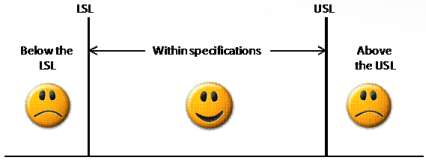
In 1960, Dr. Genichi Taguchi provided the best definition of world-class quality: operating on target with minimum variation. He demonstrated mathematically that the average loss will be minimized when you do this. SPC helps you operate at target and to minimize variation by bringing a process into control and minimizing variation.
2. What is the first step in introducing SPC to people?
Teach variation. No question about it. Dr. W. Edwards Deming said “understanding variation is the key to success in quality and business.” You must understand the information contained in variation to effectively use SPC. If you understand variation, you will understand that most of the problems are due to the process – the way it was designed and the way it is managed on a day-to-day basis – and not to the people in the process. You will understand that it is impossible to separate a person’s performance from the system in which they work. You will understand that it is management’s job to work on the system – to improve it.
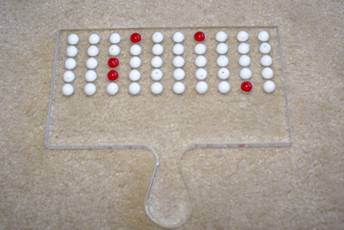
Please visit our SPC Knowledge Base for more information on variation. It is, of course, the first topic listed!
3. Are Cpk values good measures of our process capability?
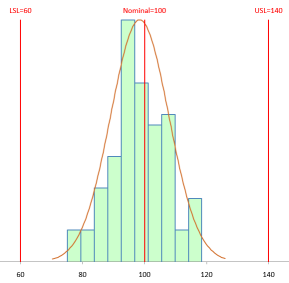
Remember that Cp and Cpk values are calculated using the standard deviation estimated from a range chart. If your process is out of statistical control, the standard deviation will be larger than from a process that is in statistical control. Pp and Ppk are calculated using the calculated standard deviation. If the Cp and Cpk values are close to the Pp and Ppk values, it is an indication that your process is in statistical control. You should never report a Cpk value without giving access to the control chart for the data.
For more information on process capability, please see our series on process capability.
4. We report monthly Cpk values for key metrics on our dashboard. That way we can see if the Cpk value improved from last month. What is wrong with that?

If you recalculate the Cpk this month, will it be different from last month? Yes, most likely – but if you are in statistical control, that difference will just be due to common causes of variation. And taking any action on that difference will just make matters worse. Another reason to understand variation – tampering with a process that is in statistical control will just increase variation. Remember the funnel experiment.
5. We take the data, as it is produced, from our process and put it on an Xbar-R control chart. We use a subgroup size of 5. That is the way we are supposed to do it, right?
Maybe, but then maybe not. No control chart should be started without thinking about rational subgrouping. Rational subgrouping involves subgrouping data so that the data within a subgroup was produced under the same conditions. With the Xbar-R control chart, this allows the Xbar chart to “do the work.”
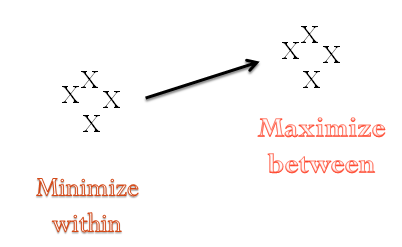
For more information on rational subgrouping, see the information on control charts in our SPC Knowledge Base.
6. Should the subgroup size for the Xbar-R control chart always be 4 or 5?
The subgroup size can be anything you want to use on the chart. Rational subgrouping is far more important than the subgroup size. Subgroup the data as described above, but also consider the variation you want to monitor (e.g., hour to hour, shift to shift, day to day.) There is nothing magic about a subgroup size of 4 or 5.
I know, you have heard about the Central Limit Theorem – that increasing the subgroup size makes the data normally distributed. This is true, but control charts do not work because of the Central Limit Theorem. That is why individuals charts (with a subgroup size of 1) work fine.
7. My boss doesn’t like the control limits. How do we change them?
Short answer: you don’t. The control limits are determined by how the process is performing and how you sample the process. If your boss doesn’t like them, then you need to fundamentally change the process (remember variation).

8. We use the Average and Range method for Gage R&R as described by AIAG. Is this OK?

The Analysis of Variance method uses variances. So, unless your customer requires the average and range method, you should use the ANOVA method for Gage R&R results.
For more information on measurement systems analysis, please visit our SPC Knowledge Base. Our SPC for Excel software contains measurement systems analysis.
9. Data collection is not possible for me. You can’t measure what I do.
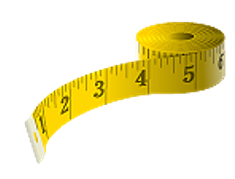
Once you know their problem, you know what process to look at. Start with a process flow diagram of the process. It is much easier to discover how to measure a process once you have the process flow diagram completed.
Help someone solve their problems and you will be gold to them. And remember, there are two universal metrics that everyone can track: rework and things that get in the way of doing a quality job.
Our SPC Knowledge Base contains a great publication on “You Can’t Measure What I Do!”
10. What will the New Year bring?
That is not an answer the SPC Knowledge Base contains. But, we hope that you and yours have many blessings during the coming year! Thanks so much for being a reader of our publications. We hope you have found them useful and entertaining. HAPPY NEW YEAR!

I wish you a happy new year, full of personal and professional achievements.Nick
Thanks Bill,Your Articles are always interesting and worth readings. I always related my work with the knowledge you share in your newsletters.Thanks For Sharing.Please start a section where some outsiders can also contirbute on your website in the form of articles.
Thank you. If you wish to write an article, please let me know. I would happy to use it. I will look at adding a section for articles by outsiders.